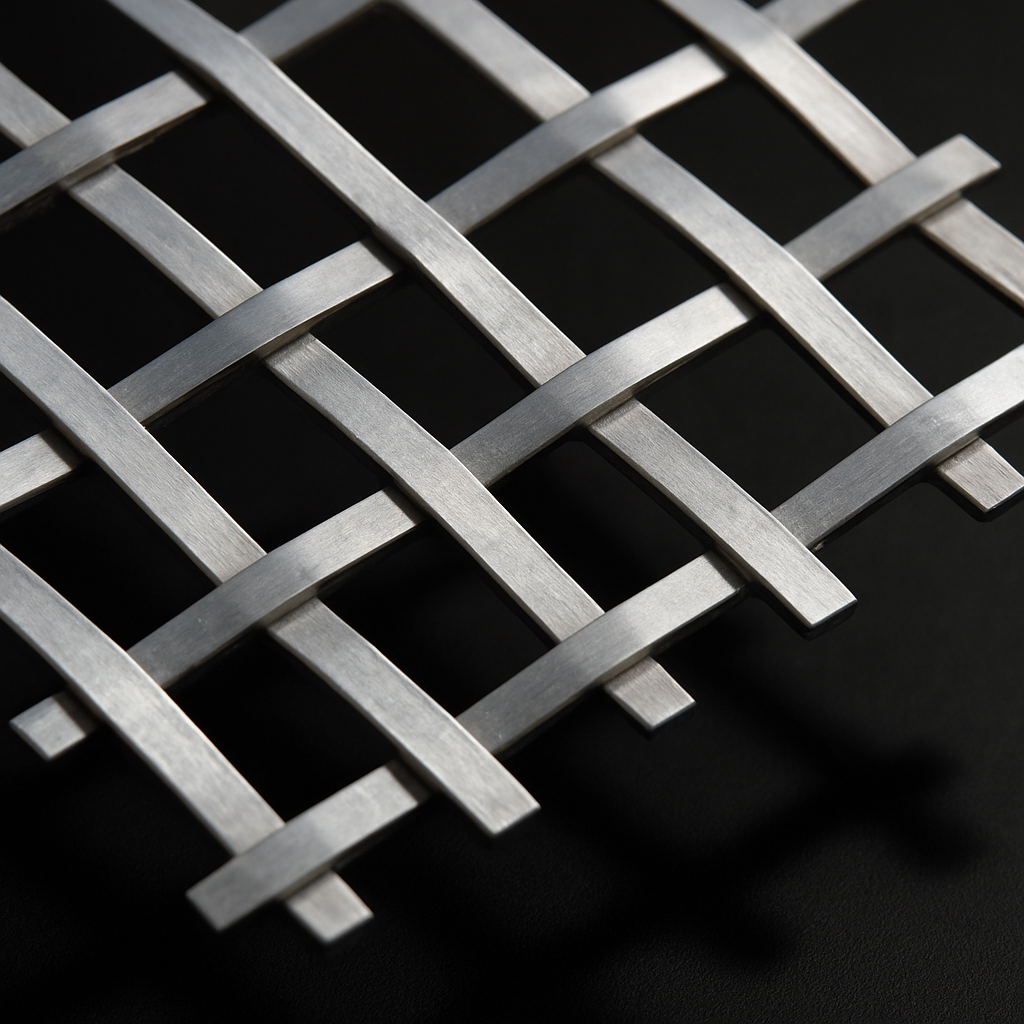




We value your privacy
We use cookies to enhance your browsing experience, serve personalised ads or content, and analyse our traffic. By clicking "Accept All", you consent to our use of cookies. Cookie Policy
We use cookies to help you navigate efficiently and perform certain functions. You will find detailed information about all cookies under each consent category below.
The cookies that are categorised as "Necessary" are stored on your browser as they are essential for enabling the basic functionalities of the site....
Necessary cookies are required to enable the basic features of this site, such as providing secure log-in or adjusting your consent preferences. These cookies do not store any personally identifiable data.
This cookie stores your consent preferences for cookies on this website.
Functional cookies help perform certain functionalities like sharing the content of the website on social media platforms, collecting feedback, and other third-party features.
No cookies to display.
Analytical cookies are used to understand how visitors interact with the website. These cookies help provide information on metrics such as the number of visitors, bounce rate, traffic source, etc.
No cookies to display.
Performance cookies are used to understand and analyse the key performance indexes of the website which helps in delivering a better user experience for the visitors.
This cookie is used by Google Analytics and distinguishes unique visitors on the website.
This cookie is used by Google Analytics to track visitor activities on the website.
This cookie is used by Google Analytics and stores a unique value for each page visited and tracks page views.
This cookie is used by Google Analytics and tracks a visitors session.
Advertisement cookies are used to provide visitors with customised advertisements based on the pages you visited previously and to analyse the effectiveness of the ad campaigns.
This cookie is used by Doubleclick and contains information about a visitor's past visit to other websites that have advertisements from Doubleclick.
This cookie is used by Google AdSense for experimenting with efficiency across websites that use Google Ads.
This cookie is used by DoubleClick to check if a visitor's browser supports cookies.




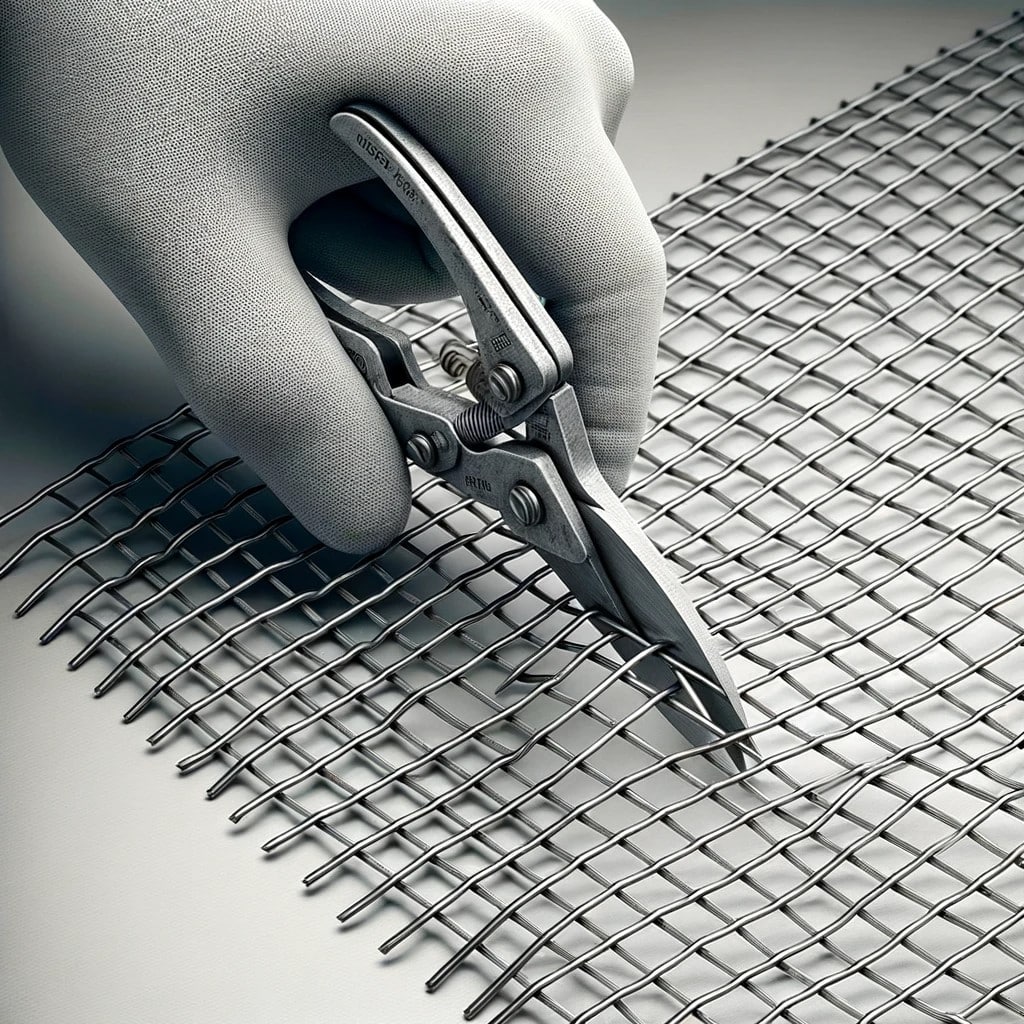
Woven wire mesh is an incredibly versatile material, used in a myriad of applications from industrial filtration to home gardening.
However, a common issue faced by many, whether they’re seasoned professionals or DIY enthusiasts, is the fraying of edges after cutting the mesh. This not only poses a safety hazard but can also affect the integrity and functionality of the mesh.
At The Mesh Company, we understand the importance of precision and quality in every aspect of wire mesh use. With years of experience and a wide range of products, we are dedicated to providing solutions that not only meet but exceed our customers’ expectations. In this article, we delve into the world of woven wire mesh, exploring its various applications and addressing the common challenge of managing cut wire mesh edges.
Let’s get into it…
The Mesh Company offers an extensive selection of woven wire mesh in various materials, each with its unique properties and applications.
Stainless steel mesh, for example, known for its strength and resistance to corrosion, is ideal for harsh outdoor environments or where hygiene is a priority, such as in food processing. Whereas Copper, with its natural antimicrobial properties, is often used in architectural applications and pest control.
The uses of woven mesh are as diverse as its materials. Industrial settings use it for filtration, screening, and protection. In agriculture, wire mesh is used for fencing, animal enclosures, and plant support. Decorative purposes, garden barriers, and crafting are some of the ways DIY and home projects use it. All require a tight, precise cut.
Fraying occurs when the individual wires at the cut edges of the mesh become loose. Several factors contribute to this:
Cutting Technique: The way the mesh is cut can significantly influence fraying. Improper tools or techniques can leave the edges uneven and prone to unraveling. We try to suggest which cutting tool to use for each mesh spec on the product page. We usually use scissors for most sizes. This gives a neat cut, and often if a too strong tool is used it is more likely to bend the mesh rather than cut it.
Mesh Size and Material: The size of the openings in the mesh (also known as the aperture) and the material of the wire play a role. Larger meshes with larger openings are more susceptible to fraying, as the open area is higher and the gap between wires is greater. This leaves the wire mesh more open which gives less structure. Similarly, softer materials like copper may fray more easily than tougher ones like stainless steel.
Understanding these factors is key to both preventing and addressing fraying, ensuring that the wire mesh continues to serve its purpose effectively and safely.
This mesh is an example of one that would be prone to fraying. The wires are not welded or locked in place in any way, they are not especially thick and the gaps are large. We would expect this mesh to fray at the edges when cut:
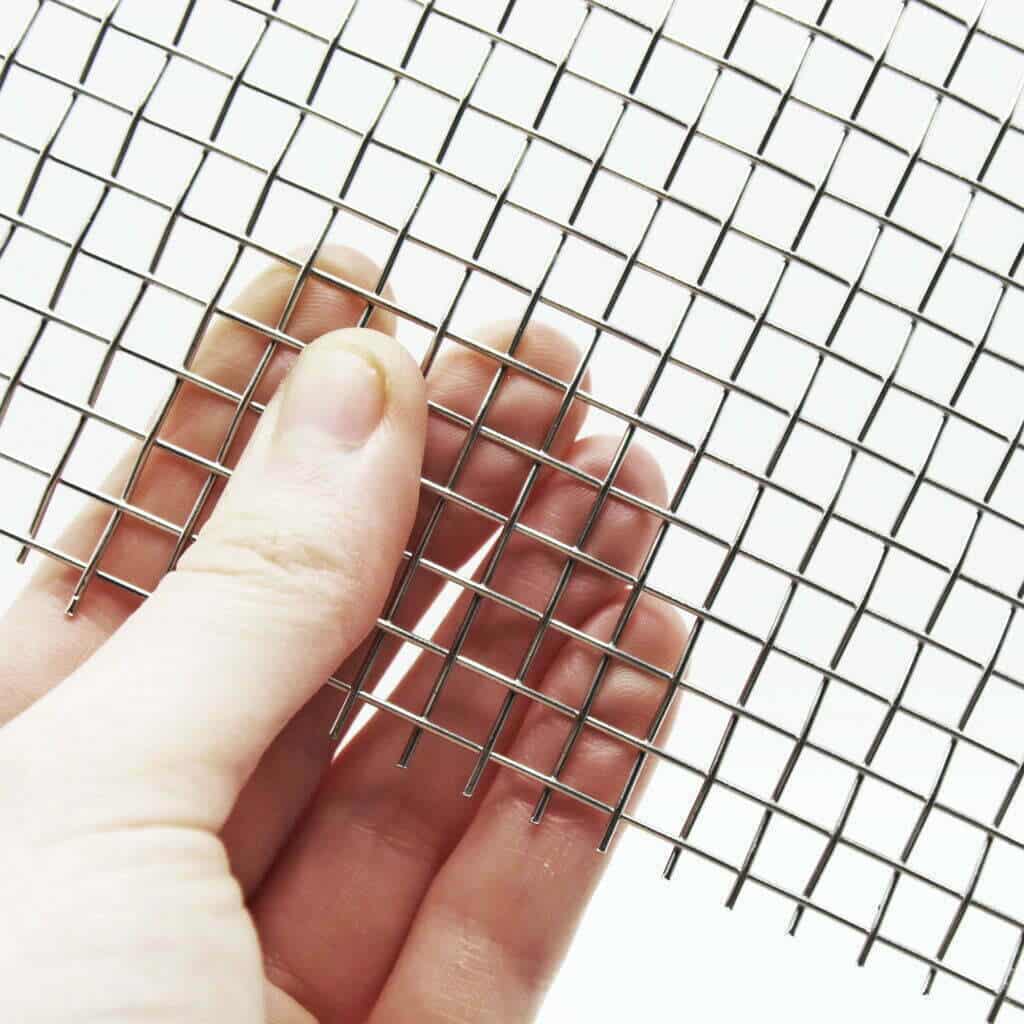
To prevent fraying, it is essential to use the right cutting tools and techniques:
Choose the Right Tool: For most wire mesh materials, heavy-duty scissors or tin snips are suitable. For very thick mesh in tougher materials like thick stainless steel, a rotary tool or angle grinder with a cutting wheel may be necessary. The mesh in this link is an example of one which may require heavy tools. However, note that the wires are crimped and locker in place where they meet.
Support the Mesh: Place the mesh on a flat, stable surface. Support the area close to the cut to minimize vibration and movement.
Cutting Technique: Cut slowly and steadily. Avoid twisting or bending the wire as you cut, as this can weaken the edges.
Finishing Edges: After cutting for some meshes you can use a file or sandpaper to smooth any sharp or uneven edges. This not only prevents fraying but also reduces the risk of injury.
If the mesh is fraying around the edges then you can use these fixes:
Assess the Damage: Determine the extent of the fraying. If it’s minor, it can often be repaired.
Trim the Frays: Carefully trim any loose wires using wire cutters.
Smooth the Edges: Use a file or sandpaper to smooth down the trimmed area.
Reinforce if Necessary: For added stability, apply a sealant or use a soldering iron to bond the wires at the edge, especially for softer materials. Making the mesh into a frame will keep it in place.
Check for Stability: Ensure that the repair is stable and that there are no loose wires.
Consider Replacement When:
Opt for Repair When:
Maintaining wire mesh properly can significantly extend its life and reduce the likelihood of fraying.
Inspect Regularly: Regularly check for signs of wear, corrosion, or damage.
Gentle Cleaning: Clean the wire mesh using appropriate methods. For stainless steel, use a mild detergent and water, then dry completely. For copper mesh, a soft brush can remove debris without causing damage.
Proper Storage: Store wire mesh in a dry, covered area. Roll it instead of folding to avoid creasing and weakening the wires. Folding is a very good way to damage the structure of many mesh types. Fibreglass is foldable however.
Avoid Unnecessary Stress: Do not pull or stretch the mesh unnecessarily, as this can weaken the fibers leading to fraying.
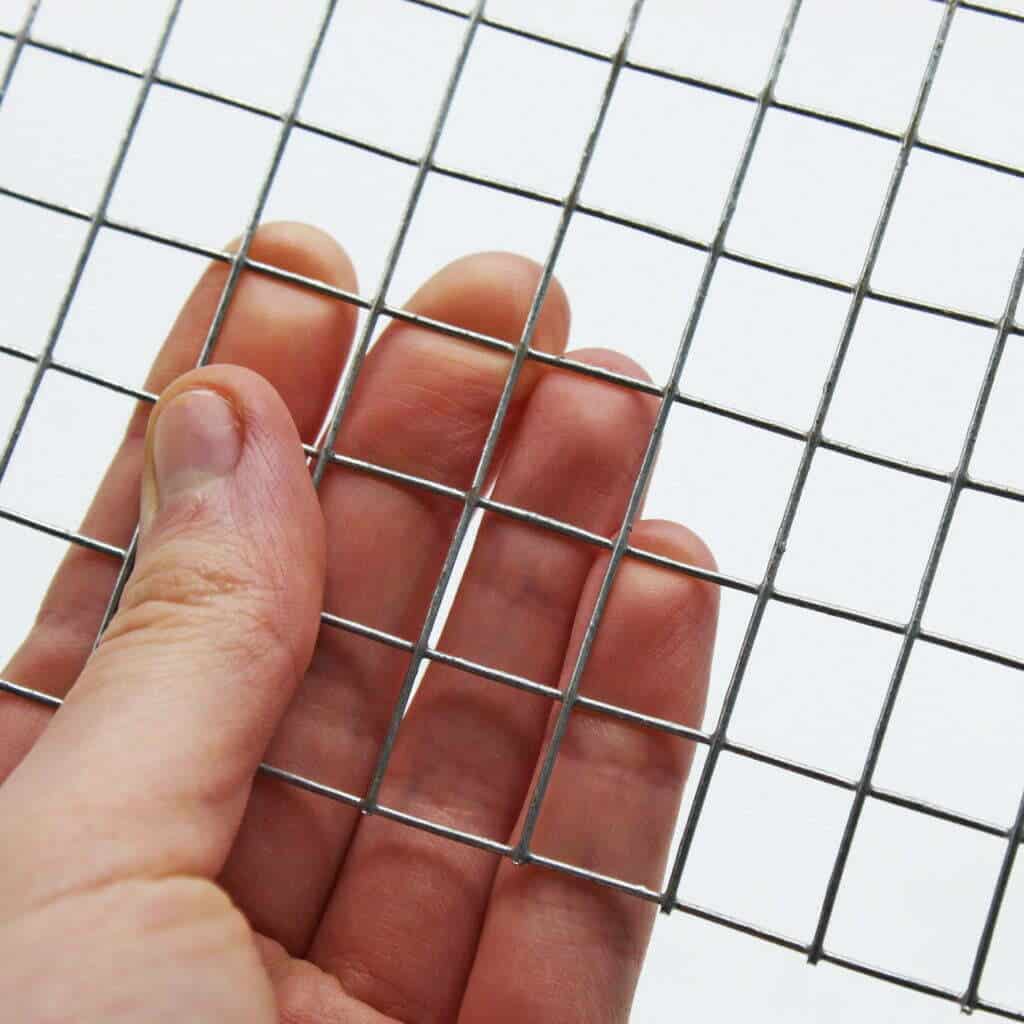
Does this also happen to welded mesh. Well no actually. This type of mesh is welded at every join so it is very hard to make it fray.
Thus welded mesh, by its very nature, offers a solution to the fraying issue commonly faced with woven wire mesh.
Inherent Strength and Stability: Each intersection of welded wire mesh is securely welded, maintaining its shape and integrity. The welding process eliminates the risk of fraying edges by preventing the wires from shifting or unraveling.
Uniformity and Consistency: In applications requiring consistent measurements and smooth surfaces, welded wire mesh offers uniform spacing and even surfaces. In applications requiring precise spacing, it provides unparalleled precision.
Durability in Various Environments: Welded mesh is not only strengthened by the welding process, but also enhanced in its ability to withstand harsh conditions. Both indoors and outdoors, it is less likely to loosen or degrade over time.
Versatility in Applications: Welded wire mesh is incredibly versatile despite its rigidity. The material is extensively used in industrial, agricultural, architectural, and even artistic applications. Due to its ability to maintain form under stress, it is suitable for structures such as animal enclosures, security fencing, and machine guards.
Welded wire mesh is a prudent choice for projects where fraying is a concern, particularly in situations requiring safety, precision, and longevity. Even when cut or exposed to external pressures, its robust construction ensures that the edges remain intact.
Although woven wire mesh has its own advantages, such as flexibility, wider possible range and specific filtering capabilities, it is more prone to fraying, particularly when cut or repeatedly stressed.
We recently published a more detailed comparison article of all of the major mesh types: Expanded vs Perforated vs Welded vs Woven Mesh.
Managing cut wire mesh edges effectively is crucial for safety and longevity. Ensure that your wire mesh serves its purpose efficiently by understanding the right cutting techniques, repair methods, and maintenance practices. It is important to remember that mesh quality plays a significant role, and The Mesh Company strives to provide high-quality wire mesh solutions.
As always, thank you for checking out our blog. We hope that this helps you with your project. We try to launch a couple of new guides every week. Every time we have a quiet afternoon in the office we try to cover topics that we think will be of interest to our customers.
You may be interested in our blog that explores metal mesh vs plastic mesh.
Our goal for our blogs and help guides is to answer as many questions as possible to help to explain the possibilities of mesh to our customers.

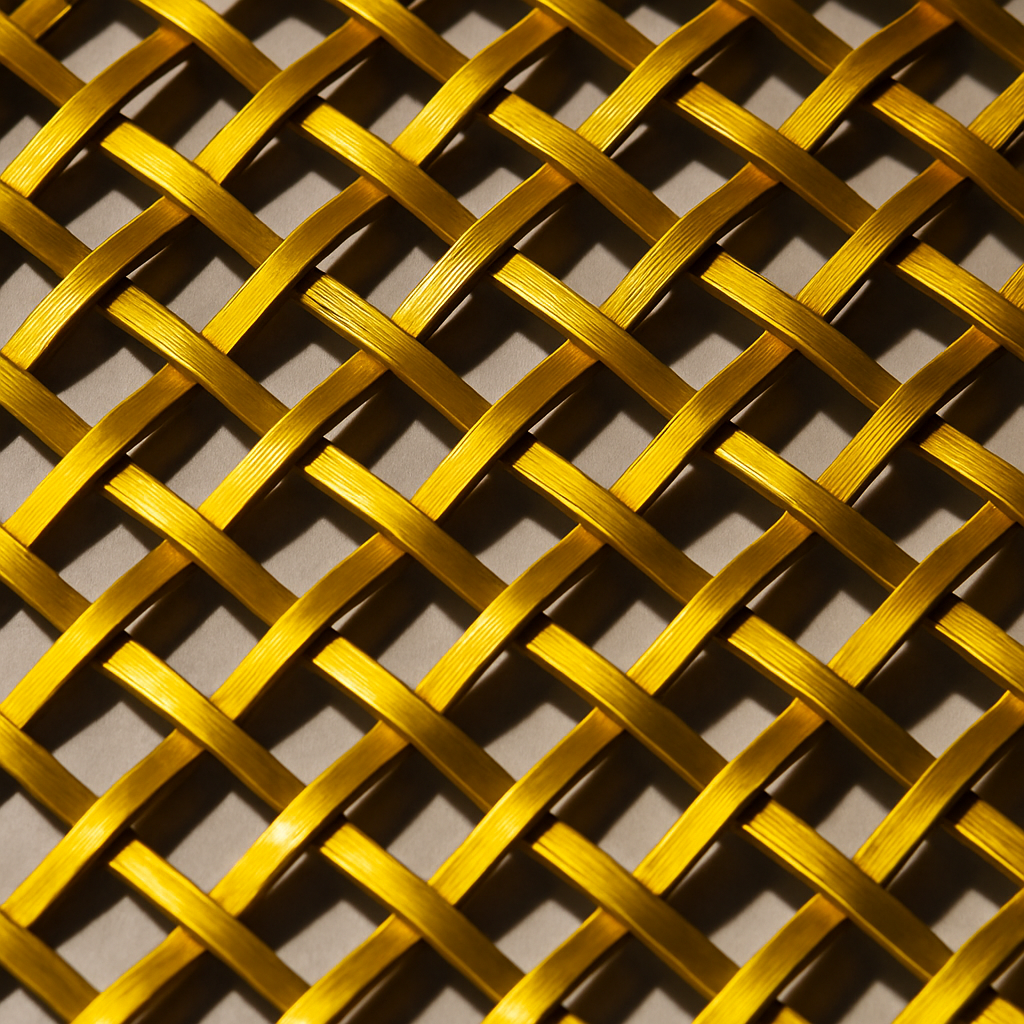
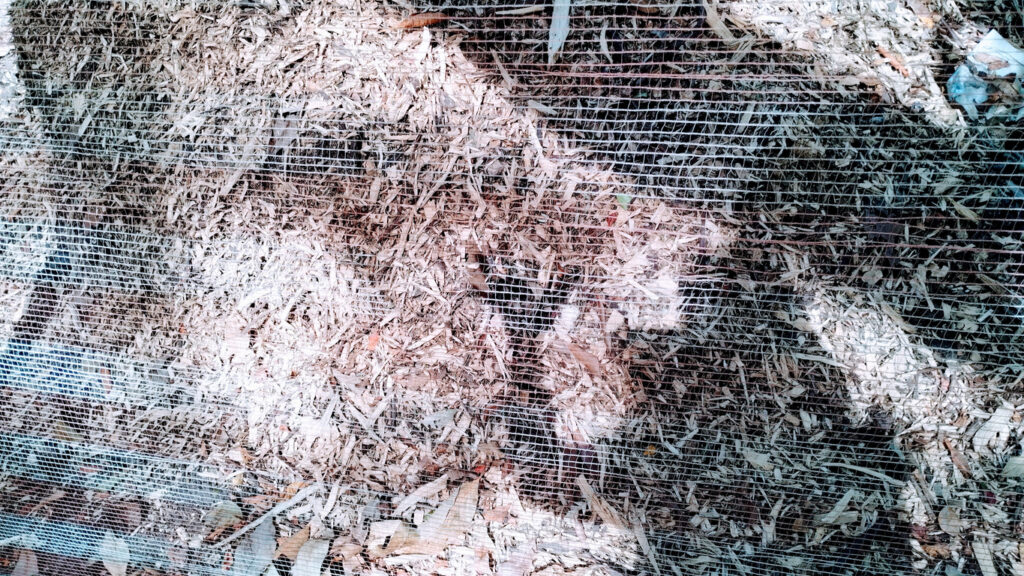
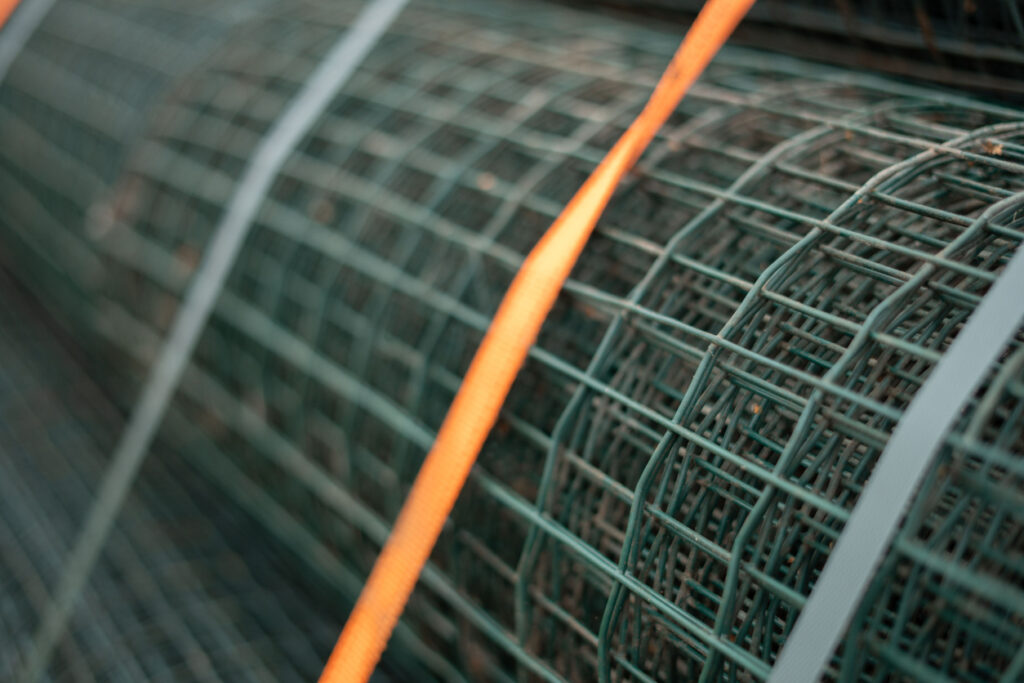
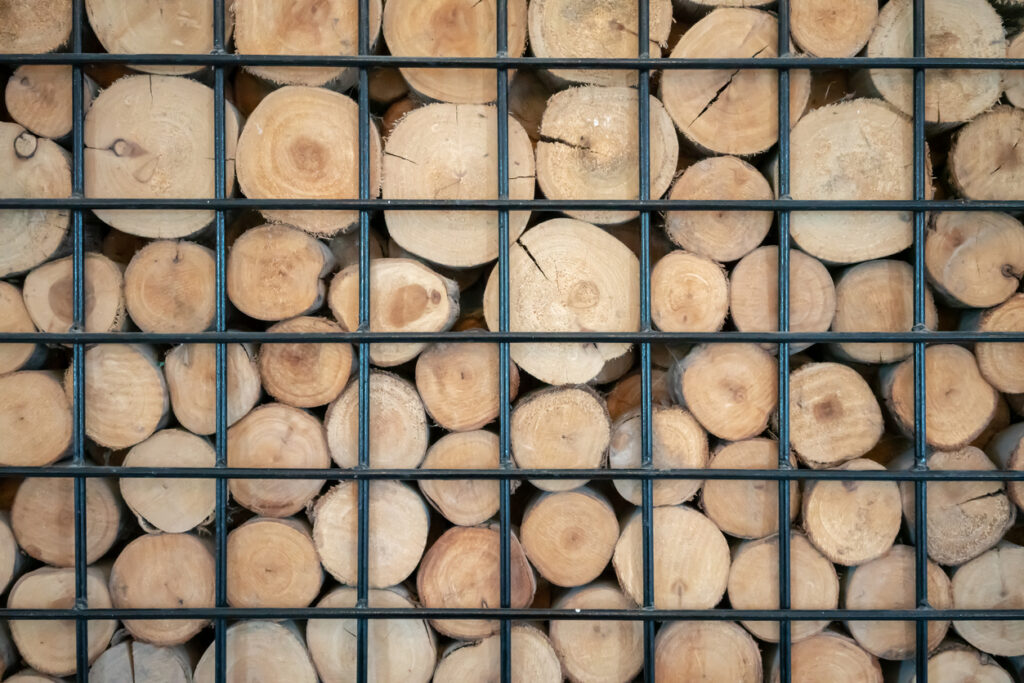
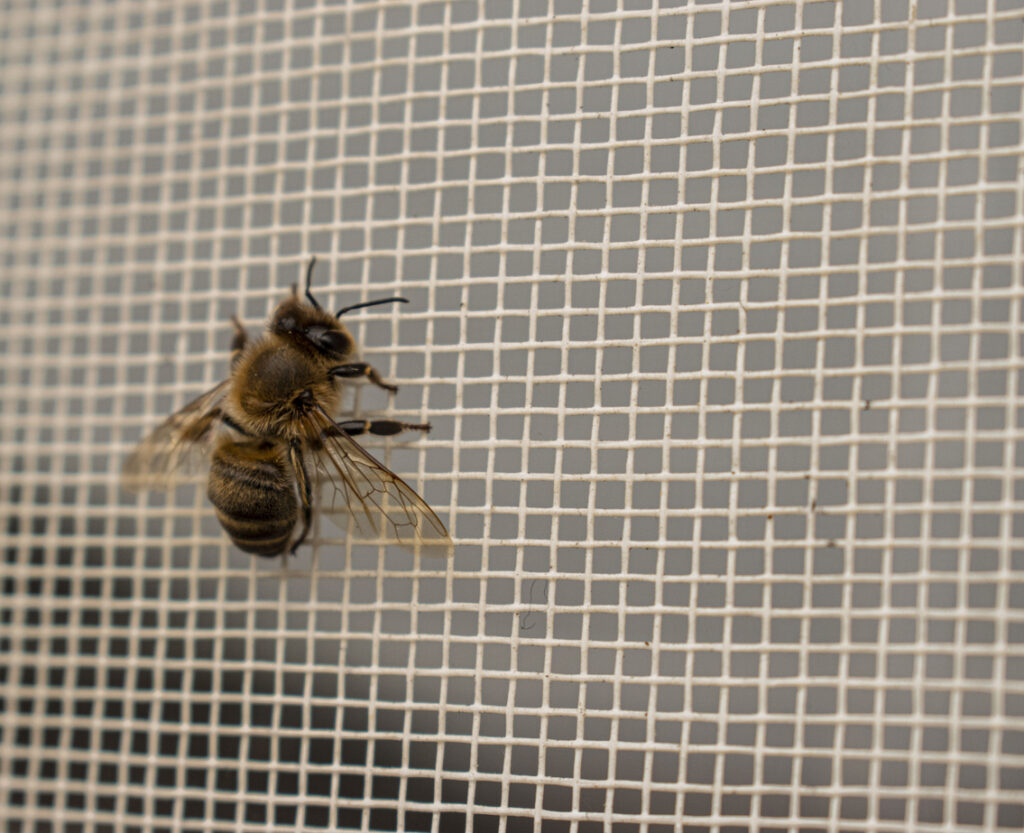
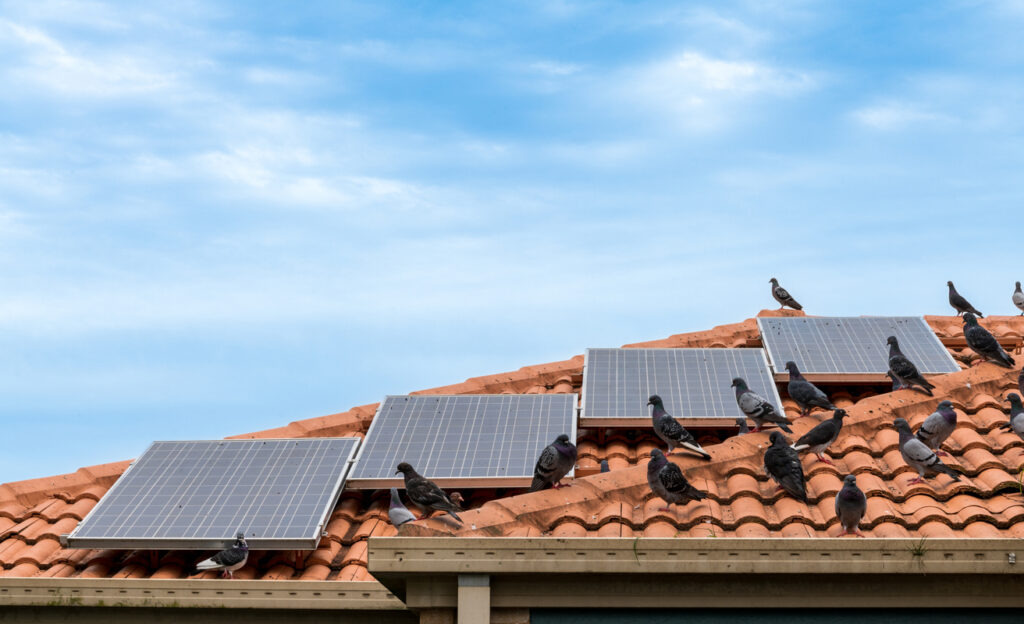
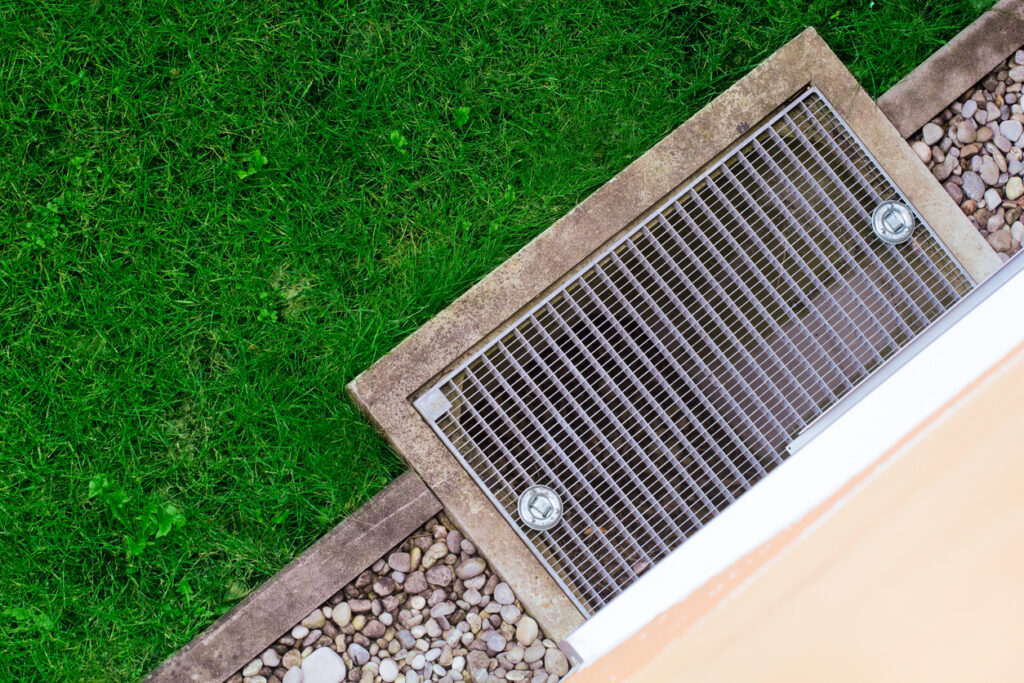
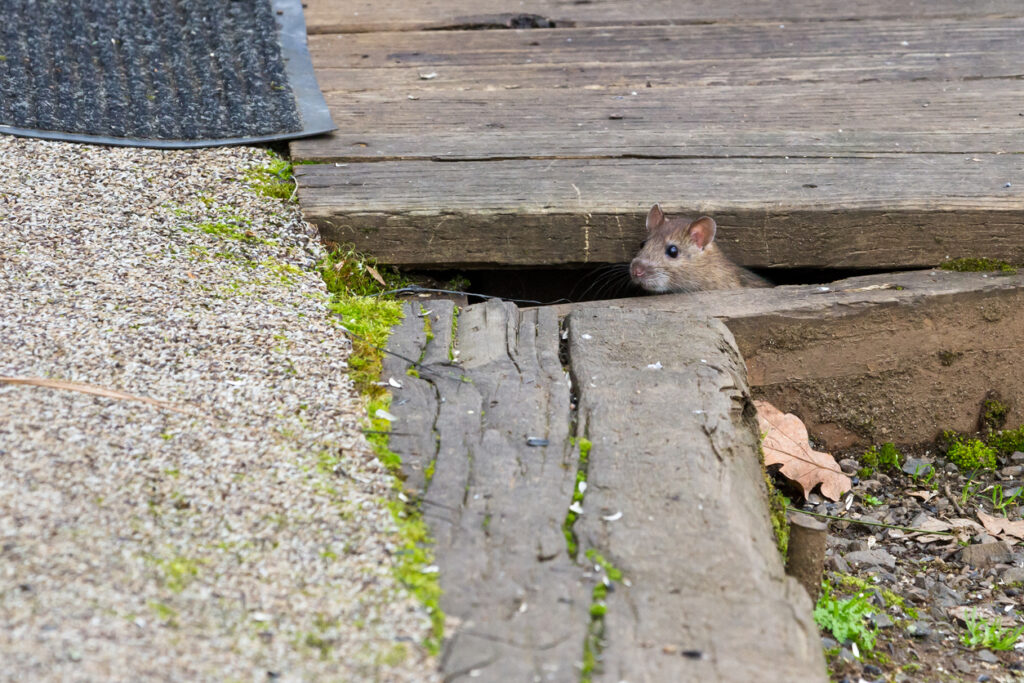
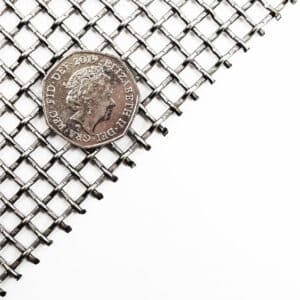
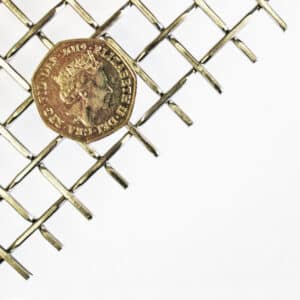
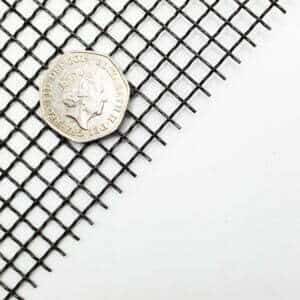
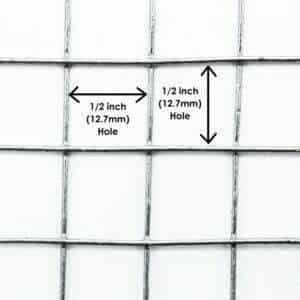
The largest range of wire mesh, chicken wire, wire fencing, woven wire mesh and perforated metal products in Europe, delivered direct from our Warrington warehouse.




Website by: Beech Web Services | Terms and Conditions | Cookie Policy | Privacy Policy | Website Terms and Conditions